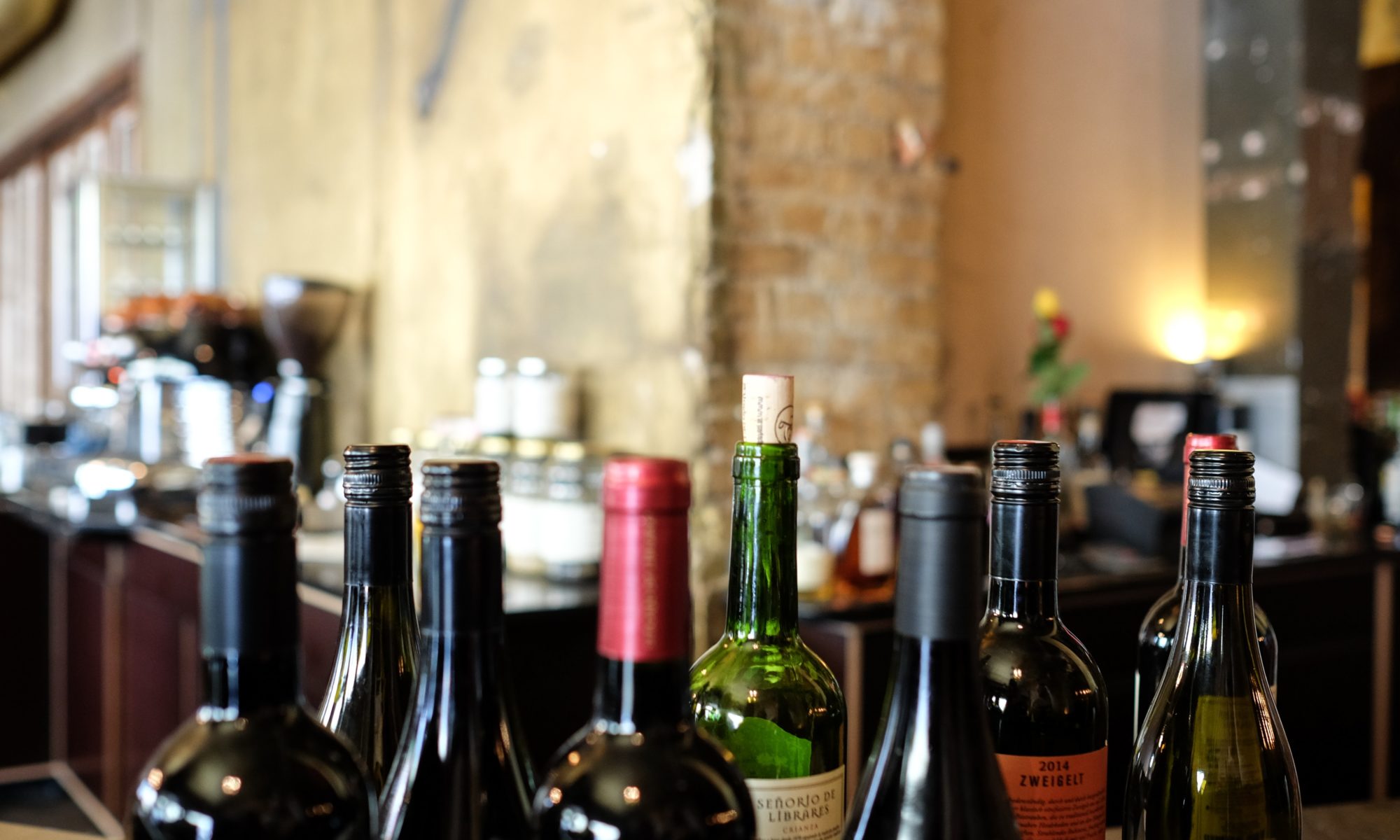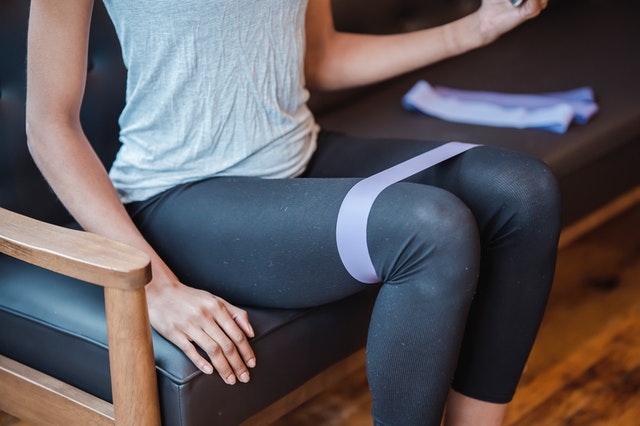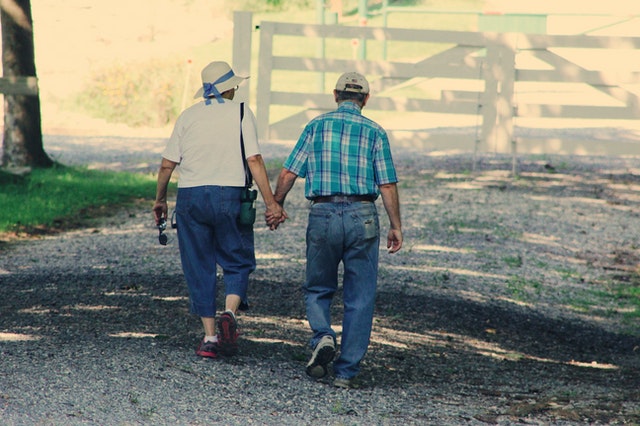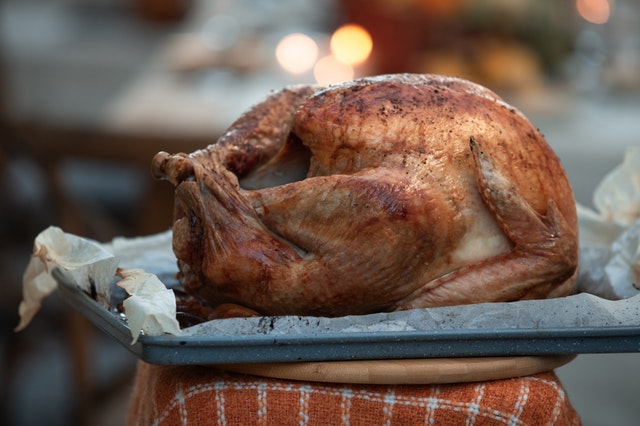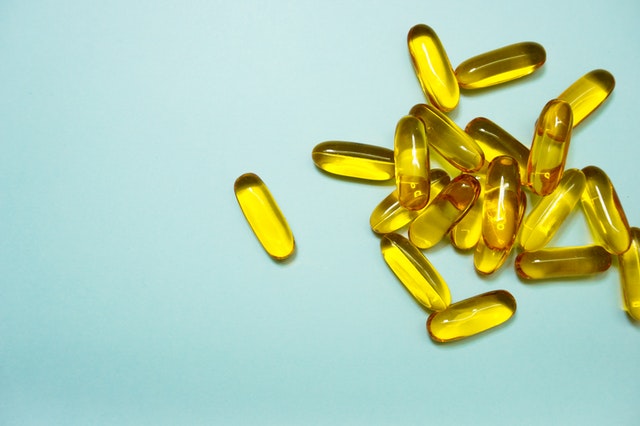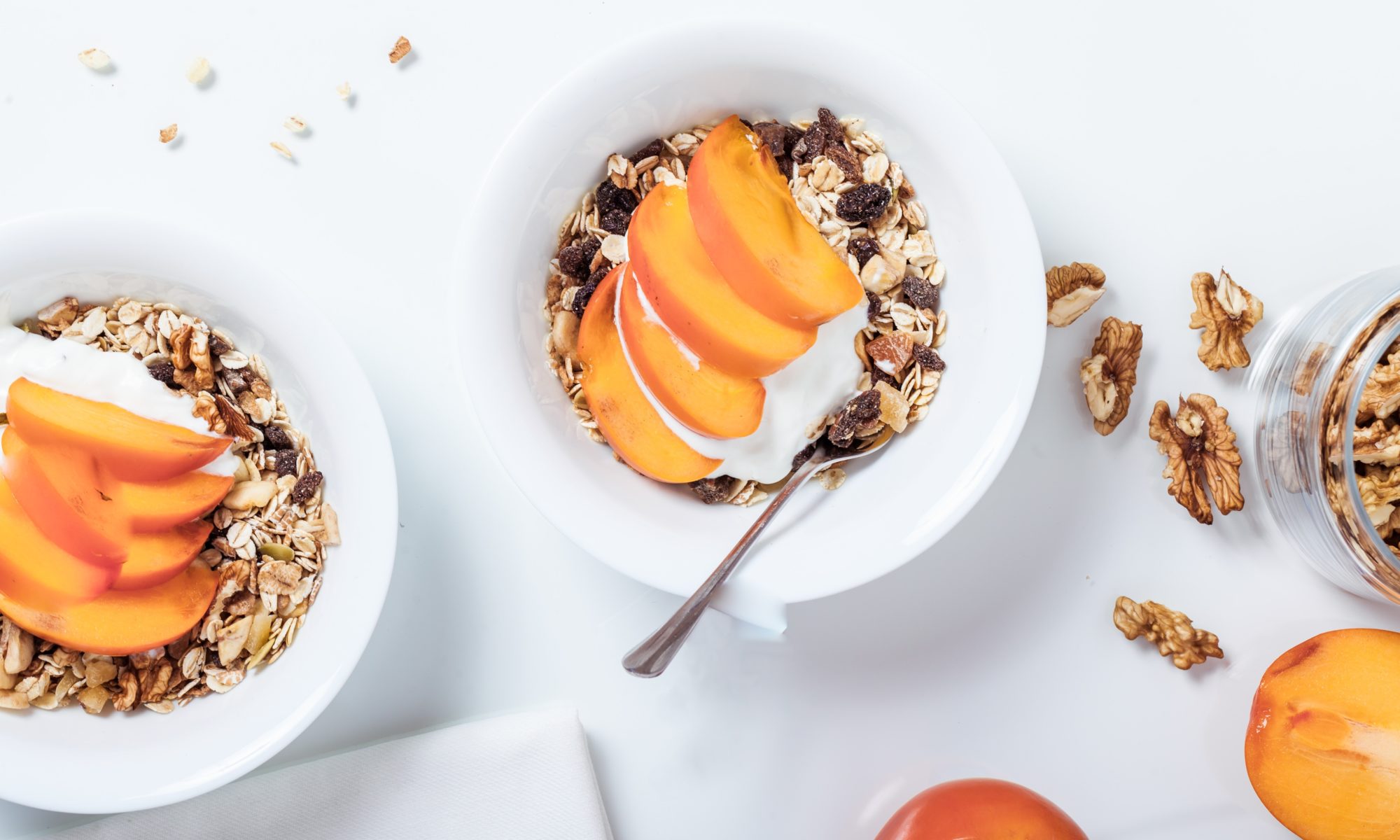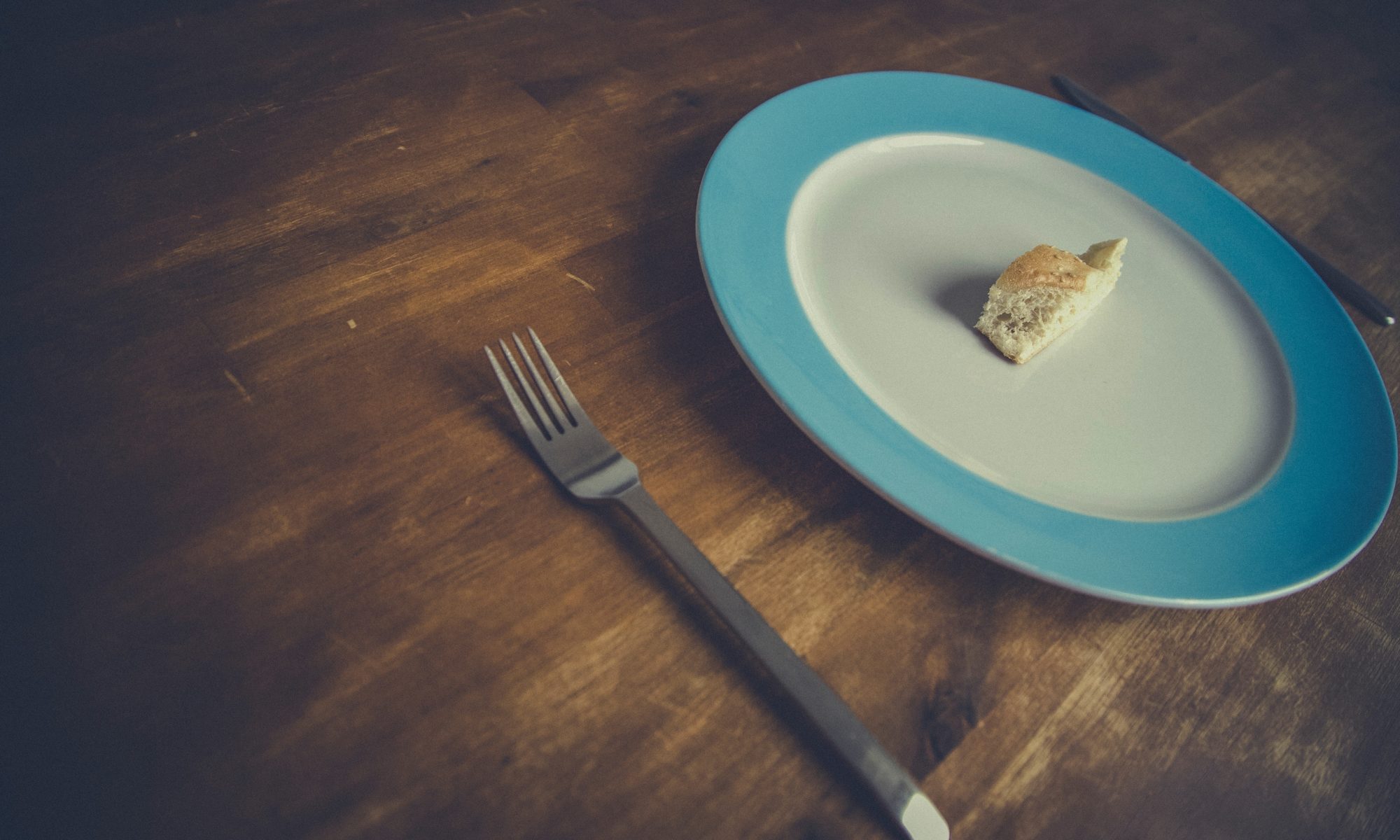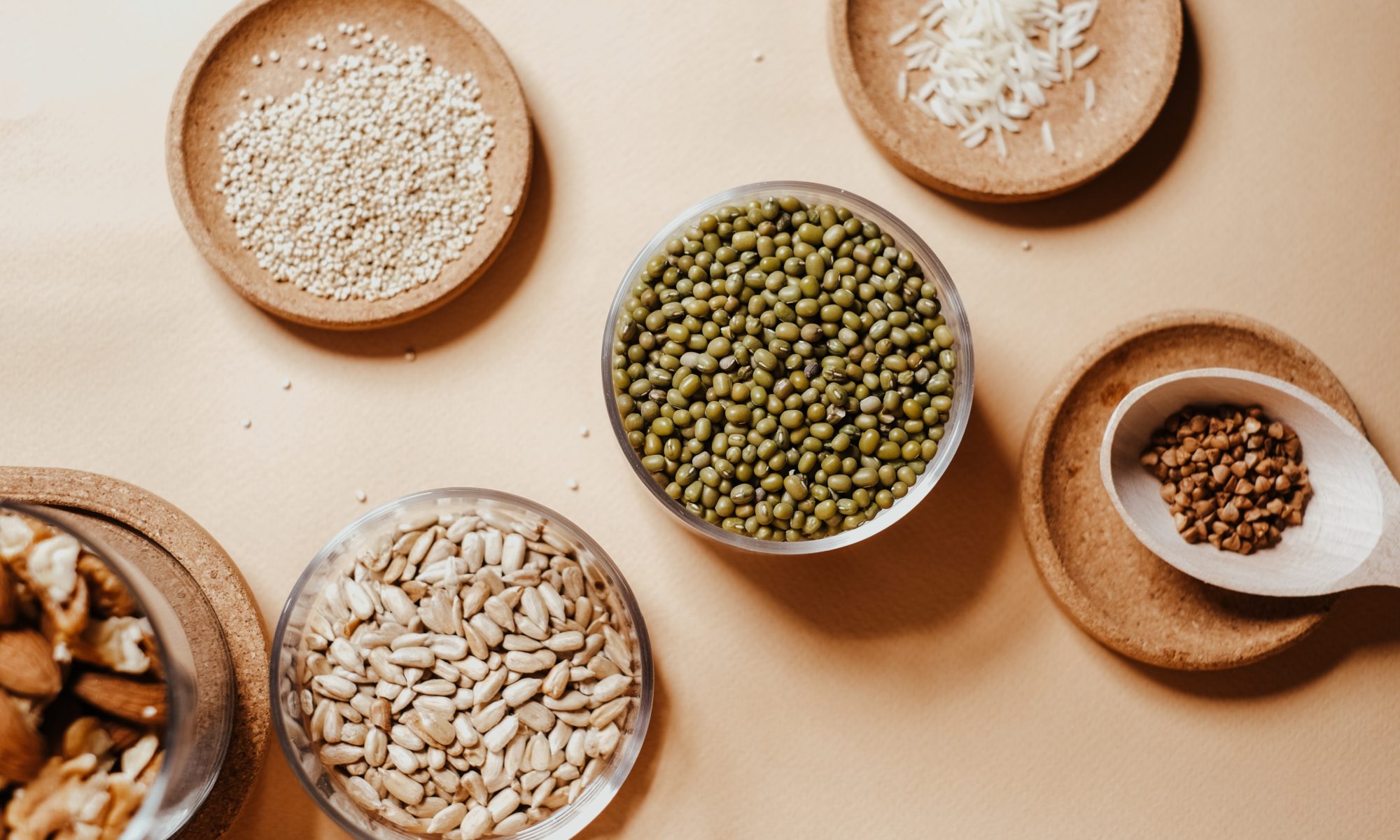Many people enjoy a glass of wine after a long day's work. While some people may only partake a few times per week, others enjoy one glass of red wine every day.
Some wine enthusiasts claim they only drink it because of the taste, but others claim they drink it for their health. It is no secret that some research suggests specific wines have health benefits. However, the question is whether those benefits outweigh the risks associated with alcohol consumption and whether wine is the best and only way to achieve specified benefits.
Wine Health Benefits: The Long and Short of It

A glass of red wine is not a caloric hit to the diet; it doesn't pack a sugar punch either. However, all wine is not created equal. The wines that pack the most significant health benefits in a glass are those made with the right ingredients, primarily the right grapes.
Pinot Noir, made from Pinot grapes, is among the healthiest wines. The grapes have a thin skin, resulting in low tannins and high levels of resveratrol, the beneficial compound in wine. Still, experts recommend moderation when consuming alcohol of any kind.
Alcohol consumption, specifically overconsumption, can result in higher risks of cardiovascular diseases and certain cancers. Additionally, drinking too much alcohol can lead to addiction and dependence.
The CDC suggests that moderate drinking equates to fewer than two drinks per day for men and fewer than one drink per day for women. Nutritionists and dieticians also recommend that you do not start drinking in the first place.
Ultimately, while wine might offer some health benefits, it is not the only way to achieve them. A healthy diet and routine exercise are and always will be the best way to maintain health.
Healthy Wine Myths and Their Beginnings

Wine can support heart health and reduce the risks of dementia. However, the benefits of the beverage do not make it healthy. Wine lacks micro and macronutrients, and it maintains a proven track record of adverse biological effects. However, the drink contains bioactive compounds with health benefits.
Primarily, wine contains antioxidants, such as polyphenols. Polyphenols are found in grape skin and have cardioprotective benefits, like improving good cholesterol or lowering blood pressure. The association between antioxidants and wine created the rumor of wine being a healthy drink, but that is not exactly true.
Moderation Is Key to Everything
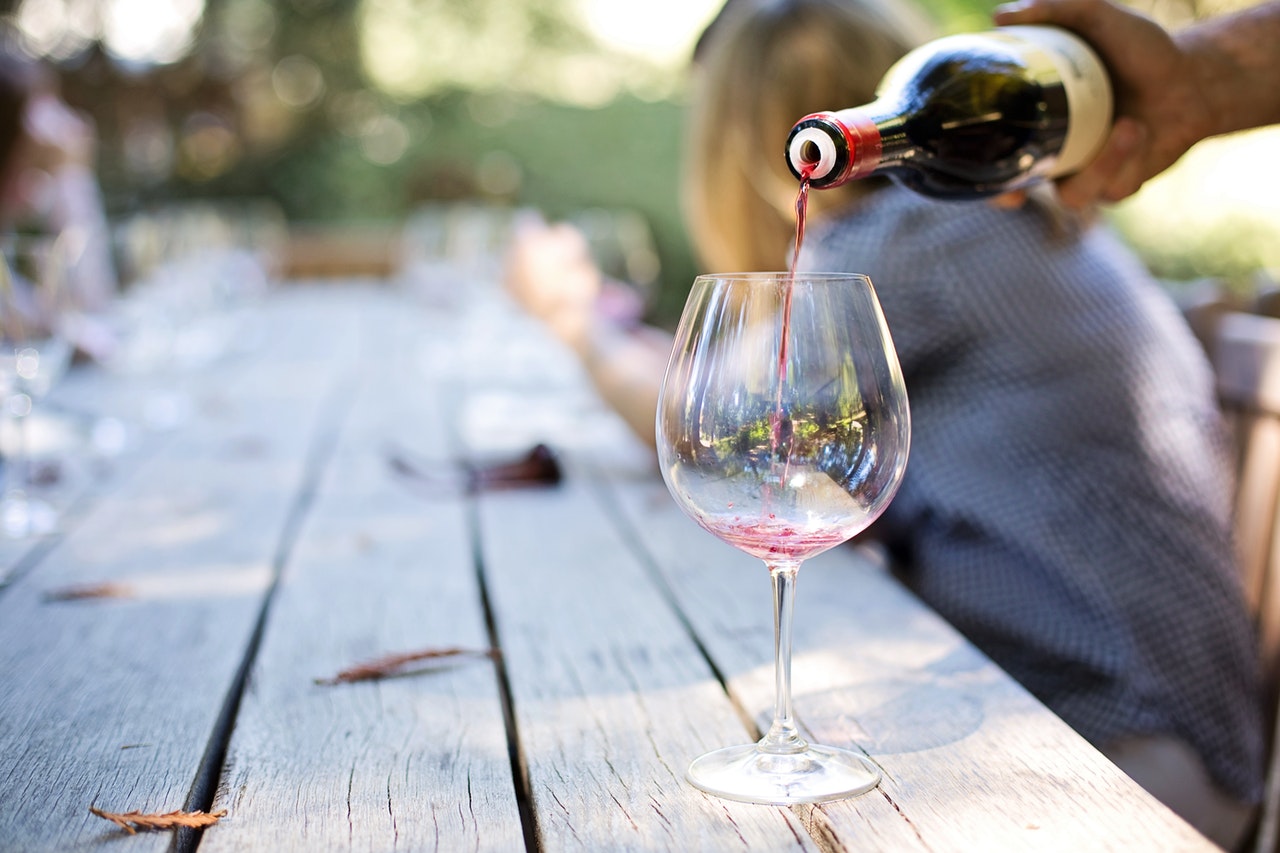
Wine is an alcoholic beverage. Alcohol can lead to addiction and other well-documented health problems. Still, in moderation, wine can provide some health benefits. However, it is necessary to mention any health benefits you can get from drinking wine; you can also get through exercise and adopting healthier dietary habits.
You do not have to justify drinking wine; it tastes good, and you're an adult. However, if you are drinking wine or considering drinking it purely for health benefits, don't. There are healthier and, honestly, less risky ways to obtain antioxidants and any other perceived value from drinking. Focusing on a healthy diet and adopting an exercise routine is vital to sustained health more than drinking wine.

